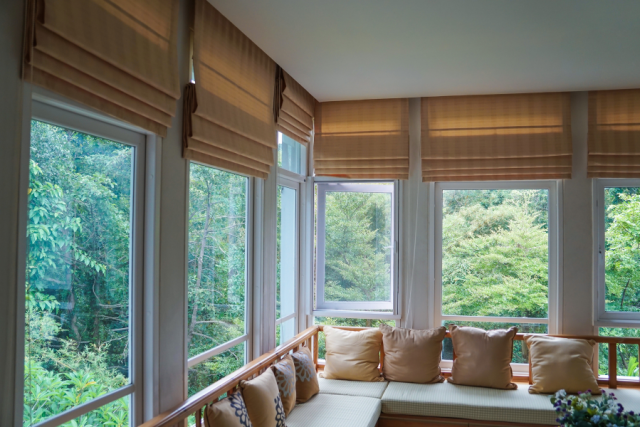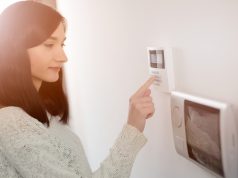
The advancement of smart home technology is adding comfort, convenience, and efficiency to our lives in numerous ways. Among the myriad aspects of home automation, integrating window blinds with these systems represents a seamless fusion of aesthetics and functionality. This integration allows homeowners to have more control over the lighting and temperature of their homes with minimal manual intervention.
In this article, we delve deeper into this sophisticated collaboration and explore its various benefits.
The Concept of Smart Blinds
Smart blinds, or automated blinds, are window coverings equipped with a built-in motor that can be controlled remotely. This remote control may take various forms—from a simple remote handset to comprehensive control through a smartphone app or voice command via smart home assistants. Yewdale commercial blinds are one example of the high-quality automated blinds available in today’s market.
The Need for Integration
Energy Efficiency
By integrating window blinds with home automation systems, you have the power to create schedules that align with the sun’s movement. This alignment allows blinds to be opened or closed at optimal times to utilise or block natural light, consequently saving on heating and cooling costs. With the integration, your blinds can lower automatically during the hottest part of the day, reducing your reliance on air conditioning.
Security Enhancement
Automated blinds can be scheduled to open and close at specific times, making a home appear occupied even when the residents are away. This feature is a valuable addition to home security, deterring potential intruders by simulating presence.
Convenience and Comfort
The integration eliminates the need to manually adjust blinds multiple times a day. With a simple command or pre-set schedule, you can control the blinds without leaving your seat, adding an extra layer of convenience and comfort to your daily life.
Integration Options
Smart Home Hubs
Connecting your window blinds to a smart home hub like Amazon Alexa, Google Home, or Apple HomeKit allows you to operate them using voice commands or through an app on your smartphone.
IFTTT (If This, Then That) Integration
IFTTT technology enables your blinds to react to other smart devices in your home. For example, blinds could close automatically when your smart thermostat detects the room is getting too warm.
The Potential of Customisation
One of the most appealing aspects of integrating window blinds with home automation systems is the extensive customisation it allows. Homeowners can create scenarios or ‘scenes’ where blinds, along with lights and thermostats, adjust to pre-set conditions at the touch of a button.
Imagine pressing a ‘Good Morning’ scene on your phone, prompting your blinds to open gently, the thermostat to adjust to a comfortable temperature, and the lights to brighten slowly. Such integration transforms a house into a responsive living environment.
The Future Is Bright
As technology continues to evolve, we can expect further advancement in the integration of window blinds with home automation systems. We are likely to see smarter sensors, more intuitive controls, and even integration with Artificial Intelligence (AI) for predictive and adaptive functionalities.
Considerations for Installation
Before jumping into the world of automated blinds, it is important to consider your home’s compatibility. The type of windows, existing electrical wiring, and Wi-Fi strength are essential factors. Furthermore, professional installation might be necessary to ensure safety and optimal functionality.
In Conclusion
The integration of window blinds with home automation systems represents a significant step toward modern, efficient, and convenient living.
By selecting quality products, homeowners are investing in a solution that marries style and practicality while contributing to a more sustainable lifestyle. This integration, which once seemed a part of the distant future, is increasingly becoming a standard feature in contemporary homes, enriching our lives in subtle yet profound ways.













